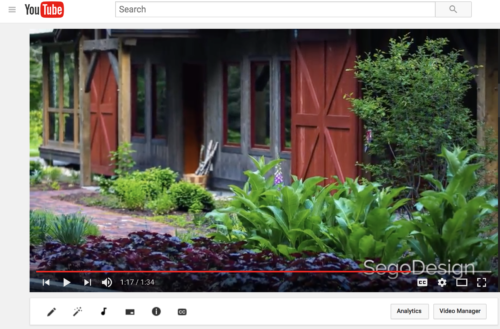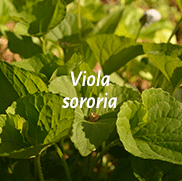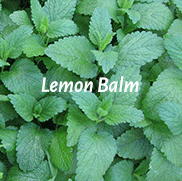Boneset
Name: Boneset, Eupatorium perfoliatum
Family: Compositae
AKA: Thoroughwort.[i] Augueweed, Feverwort. [ii]
Parts used: Aerial parts of flowering plant. [iii]
Uses: Flu (“Break-bone fever”); catarrh, colds, treats cases of muscular rheumatism caused by exposure to cold and damp. Useful for stomach disorders of nervous origin. Tincture has weak anti-inflammatory effect. Hot infusion promotes therapeutic sweat in fevers. Small doses are tonic to digestion, large doses cause vomiting.[iv] Also used for skin conditions and worms.[v]
Infusion: 1 cup boiling water over 1-2 teaspoonfuls of herb, infuse for 10-15 minutes, drink as hot as possible during fevers or flu, every ½ hour. [vi]
Actions: Stimulant, febrifuge (reduces fever), laxative; works slowly over time and greatest influence over stomach, liver, bowels, and uterus. Mild purgative or laxative, aperient.[vii] Also diaphoretic, tonic, anti spasmodic, anti-catarrhal, bitter, diuretic, emetic. [viii]
Constituents: Eupatorin, a bitter glucosidal principle, also volatile oil, tannins, resin, gum, sugar. [ix] Flavinoids (quercetin, kaempferol, rutin, eupatorin), terpenoids (sesquiterpene lactones) [x] including eupafolin, also polysaccharides, sterols; sesquiterpene lactones and polysaccharides are significantly immunostimulant. [xi]
Tincture: 2-4ml 3x/day[xii]
Harvest: Collect by harvesting aerial parts when in flower.
Taste: Bitter
Flower Essence: “Reweaves broken energy circuits between emotional heart wounds and your immune system.”[xiii]
Combines: In treating flu, combine with Yarrow, Elder flower, Cayenne, Ginger.[xiv]
Contra-indications: Toxic if excessively dosed.
Plant ID: Leaf is ‘perforated’ by stem, not connute – two opposite leaves connect around the stem; rough textured, hairy leaves that can get 8” long, plant can get 4-5’ tall, white flat-topped umbel of hairy looking flowers.
Historical: A common North American Native remedy quickly adopted by white settlers.[xv] Settlers soon called it “Indian sage” and used it as a tea for colds, turning it into the first remedy everybody used.[xvi]
[i] Grieve, Maud. A Modern Herbal (from http://botanical.com/ website)
[ii] Mabey, Richard. The New-Age Herbalist p. 45
[iii] Grieve, Maud. A Modern Herbal (from http://botanical.com/ website)
[iv] Mabey, Richard. The New-Age Herbalist p. 48
[v] Chevallier, Andrew. The Encyclopedia of Medicinal Plants p. 206
[vi] Hoffman, David. The Complete Illustrated Holistic Herbal, p. 91
[vii] Hoffman, David. The Complete Illustrated Holistic Herbal, p. 91
[viii] Hoffman, David. The Complete Illustrated Holistic Herbal, p. 91
[ix] Grieve, Maud. A Modern Herbal (from http://botanical.com/ website)
[x] Mabey, Richard. The New-Age Herbalist p. 45
[xi] Chevallier, Andrew. The Encyclopedia of Medicinal Plants p. 206
[xii] Hoffman, David. The Complete Illustrated Holistic Herbal, p. 91
[xiii] Tree Frog Farm. http://www.treefrogfarm.com/store/flower-essences-tree-essences/boneset-flower-essence.html
[xiv] Hoffman, David. The Complete Illustrated Holistic Herbal, p. 91
[xv] Mabey, Richard. The New-Age Herbalist p. 45
[xvi] Griggs, Barbara. Green Pharmacy: A history of Herbal medicine p. 101






